KTM Fuel Pumps, are Twins really Twins?
Ok, Ok, it's been a while, but we had way toooo much on our plates, new design, new air filter media, new products, new researches. Soooooo many new ideas and lately soooo many new markets and new customers and friends. So yes, we apologise for being late on updating our Tech Blog.
We have been asked many times to explain why our Rally/Race fuel filter mod gives such a great new engine responsivness and gives the engine such a nice new punch.
Basically it is all about the fuel flow. The original mini paper main filter is too small and therefore the fuel pump needs more energy to push a little quantity of fuel through it toward the injector/s.
Yes but, really? Well NO ;)
First of all, consider that with the OEM design, all fuel must be "sucked" (it's not entirely true, it's mostly gravity feed) through the strainer. The "teabag" within the KTM OEM design is smallish and quite too dense and therefore prone to clog and create problems to the fuel pump.
What? Is our filter less protective? On the contrary, but we have applied the correct filtration design: prefiltering must be of the proper "type"or the fuel pump will be damaged. However, a real filtration is multi steps, not single flat layer. Our Godzilla uses a multi step filtration and a much larger surface optimizing both fuel flow and correct filtration/media saturation.
Second, fuel pump..... nah, let's put it on the third place for now.
So, Second - main filter. For EFI NON direct injection the std is 10 microns. The larger the filtering surface the better, less pressure drop, the better the quality of the media the better the injectors will be protected. With the OEM design all fuel must pass through the main filter and than either go to the injector/injectors or via the Fuel Pressure Regulator (FPR) in the bypass. As you all well know, in the KTM system only a tiny fraction of the fuel propelled by the pump goes to the combustion chamber. The rest goes back into the tank.
This has positive and negative aspects. Let's start with the positive:
- All the fuel, let's say the largest part, will be filtered many times over. The multi pass should help protecting the injectors even more;
- Pressure at the injectors will be always the correct one even if the fuel will start to clog eventually cutting flow and pressure in any case in the long run;
- Once the filter will be full, the bike will stutter due to the mix of combination between lower pressure and reduced flow.
Negative sides now :
- Filter is really far too small for a big TWIN, bad flow;
- The pump is absorbing more energy to push all the petrol through the filter. Also the one that will be leaving via FPR bypass, more energy wasted by the pump higher Amps/Watts therefore Joules and fuel/pump higher temperature;
- Pump life will be shortened in the process;
- While the filter is clogging up, the pump will require more energy to push the petrol and the combination between clogged/restraining pre-pump filter and main filter will eventually kill the pump;
- Since the pump is already strugling to push petrol with the proper pressure through the mini filter times and times over, it means that it will be hardly capable to correct flow/pressure in the "transients". It is the most critical moment when the engine needs more fuel:
- to either respond to a throttle command;
- engine new power request;
- all other situations where you wished your fuel pump could deliver the proper ammount of petrol and not wait for the fuel pump to cope with the new fuel request from the engine.
Adopting our new design, both sides of the fuel pump are safer and in better situation to cope both with fuel flow/pressure and purity.
The pump will not struggle to push fuel through a dirty filter just to be bypassed by the FPR. Sure, once the filter will clog, even though it is way larger than the OEM mini size, power will become an issue, but simptoms will be the same in any case, power loss and lethargic behaviour of the engine power.
In the meanwhile, the engine will benefit from the the better fuel flow without any difference in the fuel pressure.
Thirdly, Fuel Pump.
Why do we know all this?
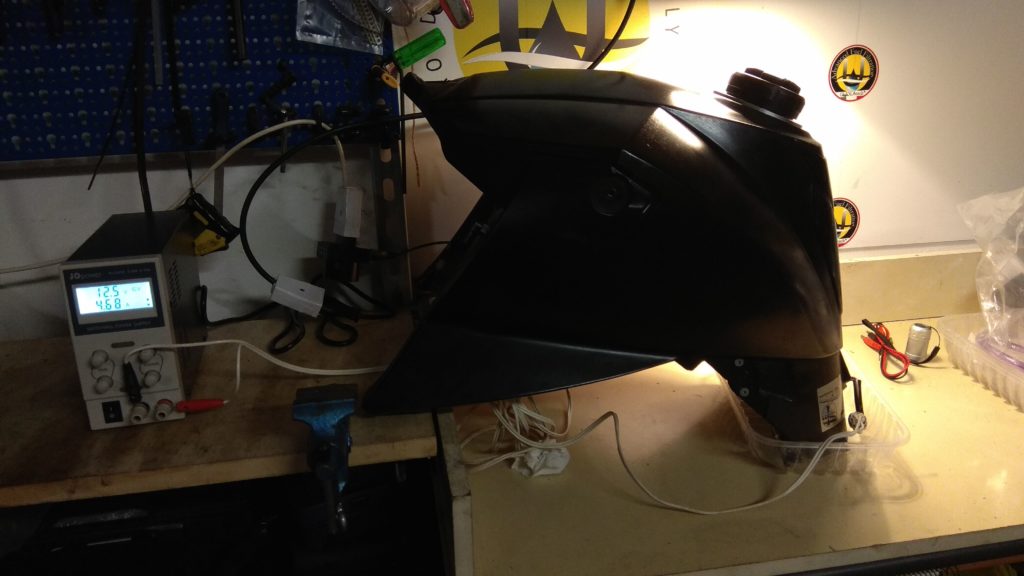
Well, you should well know that we love testing and lab prototyping ;)
We took a special power source, top quality product, a 990 SD fuel tank, and around 15 fuel pumps to check and put under stress.
Let's state the obvious: Twin pumps are more or less distant cousins, nothing more.
If you take down a fuel pump from a 990 SM, or SD after 2007, or a RC8 1190, or the latest 1050/1090/1190/1290 make sure you sign them or keep them under your eyes, there is no way to tell them apart, saving the SD where the fuel level sensor is easy to see, but that's it.
Fuel pump design, motor, FPR, all looks the same, but it's not:
- fuel pump on the 990 is a "weaker" version, working at 3,5 bars it uses only roughly 3 Amps to operate;
- 1xxx do have a different pump altoghether, the Amp absorption is much higher at 4,7 A, no, both at 4,2 and 3,5 Bar it will consume more WATTS than the smaller sister;
- you can mount a 1xxx fuel pump motor on a 990 but we do not recommend mounting a 990 fuel pump motor on a 1xxx, these pumps are robust but they do not like to work "pimped-up).
- No, you will not obtain any direct benefit from installing a 1xxx on a 990 unless you are running a more advanced fuel filtering system.
Here is the comparison:
we have decided to run the fuel pumps at 12,5 volts instead of the 12Volts given by the bike. It's quite simple why, the power output and cables/connectors are way different, we had to run a 2 meters long cable, our max output would be way weaker than the bike one, and testing at the connector, gave us a "power" loss of 0,2-0,3 Volts, therefore we decided to run the test at a higher Voltage to make sure that all Amp readings were at least as "high" as the one the fuel pump would read on the bike.
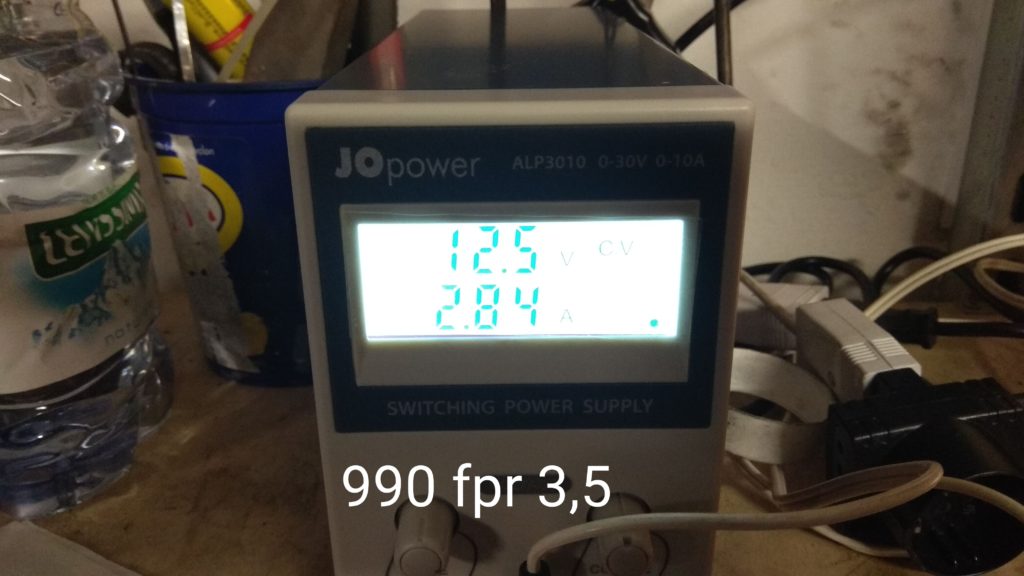
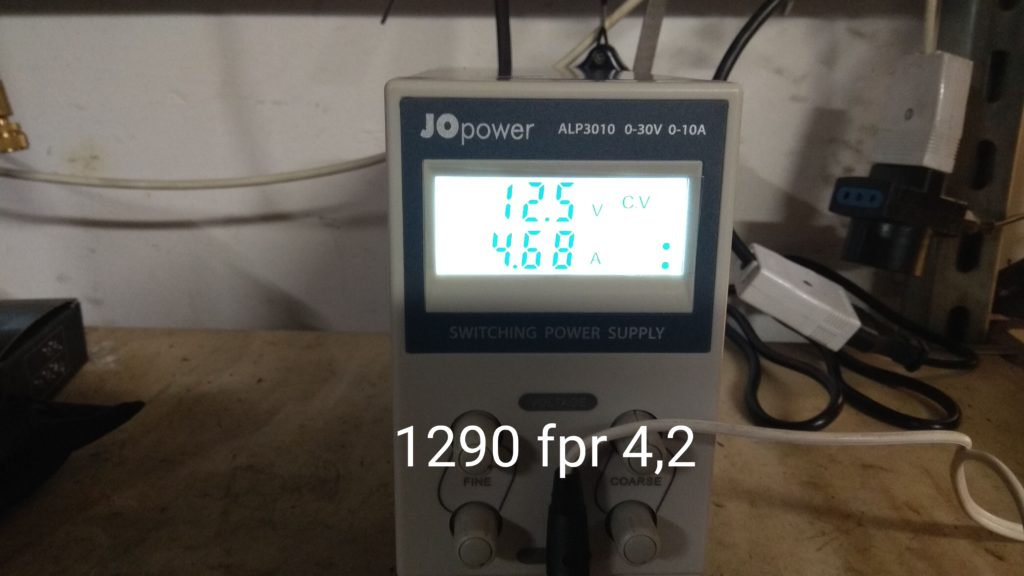
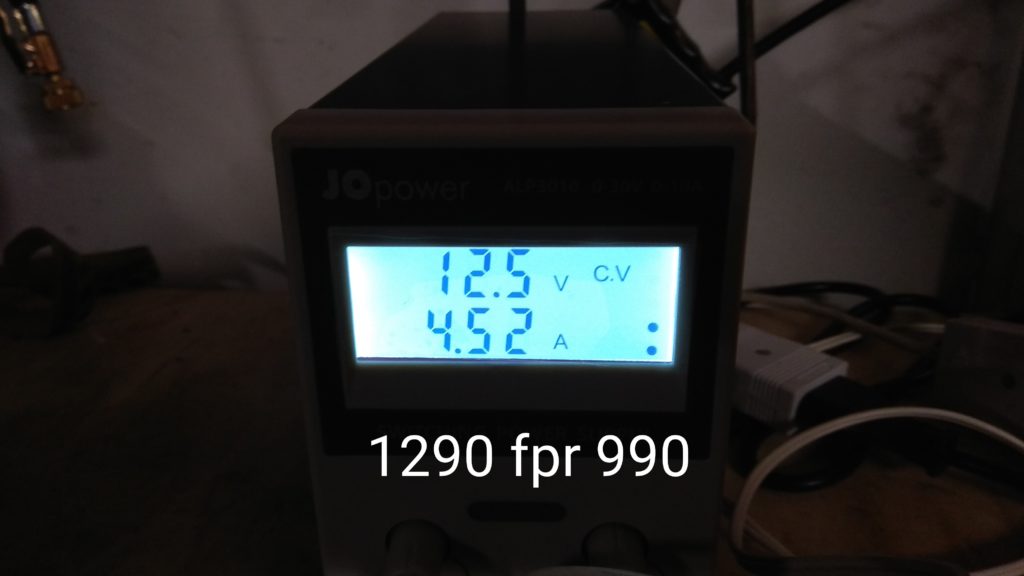
Sorry for the light, when one starts to tinker, all the rest goes unattended ;)
Ah, btw, pressure on my 990 with our Rally Race System and 1190 fuel pump with running engine.
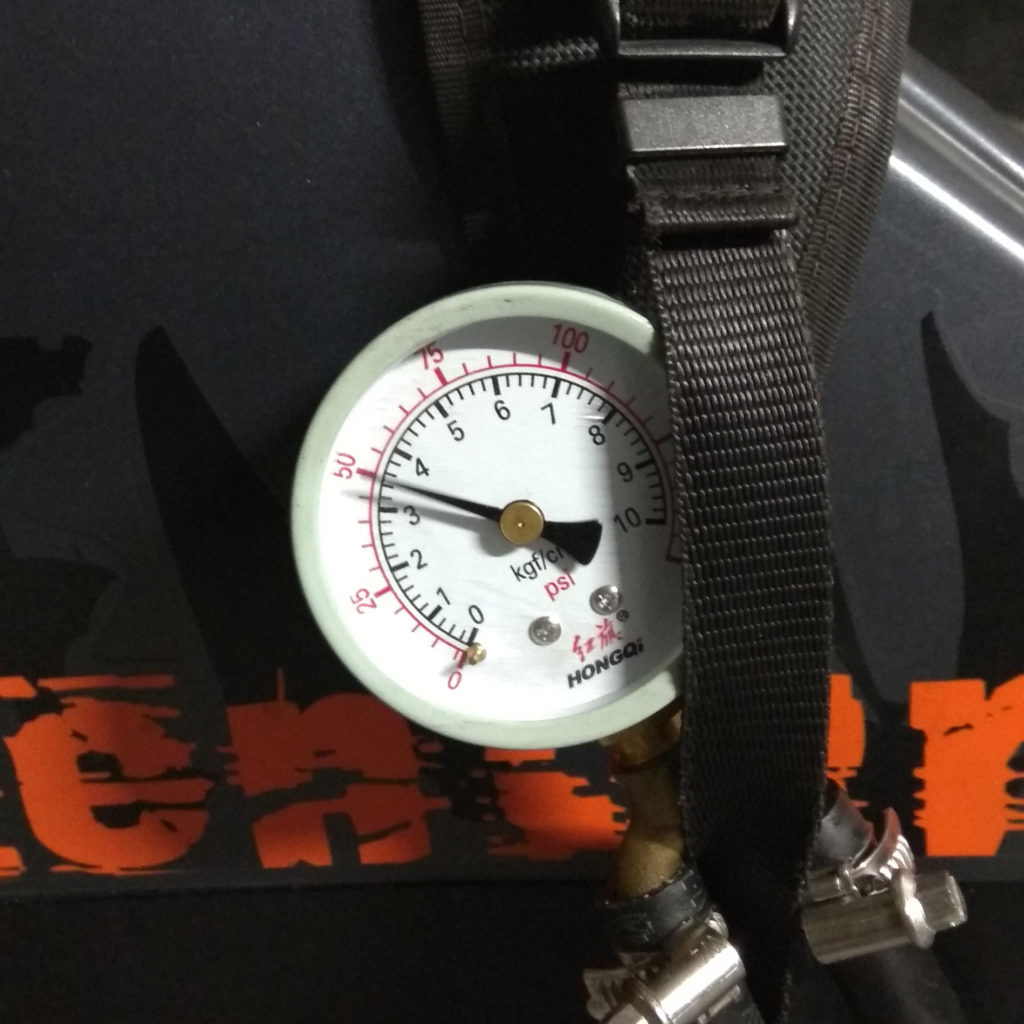
4,62 Amp, needless to say, that my 990 has one of the best responsive engine I've ever tried, and this just from the Rally Race Filter system.
Yes, 0,1 Amp difference between the 1290 fuel pump on the test rig and the one mounted on my 990. Nope, it's not the same pump, you do know what hassle it is to take the pump down.
But what about fuel flow?
Which fuel pump could deliver a higher flow per minute at the given pressure? Soon all the datas about that, but no, don't be mistaken, the stronger much more energy consuming 1290 big fuel pump is not delivering twice the fuel compared to the less demanding 990 unit ;) far from the truth!
So, why all this? What can't you immagine?
Well, than, stay tuned for the next INCREDIBLE Guglatech Fuel System upgrade.
Check our products here:
KTM 990 ADVENTURE LC8 FUEL PUMP MODULE DAITARN 3 - MFPD99
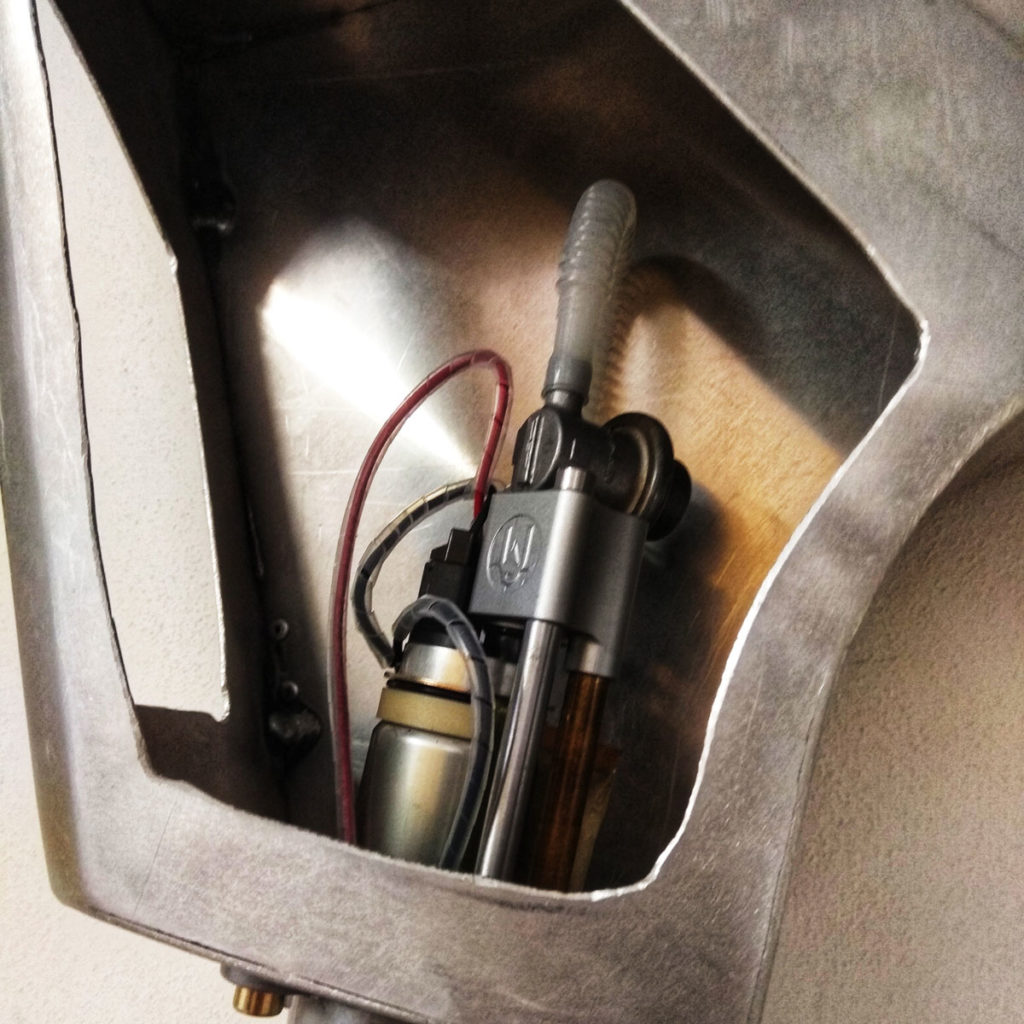
KTM 990 ADVENTURE LC8 FUEL PUMP MODULE DAYTAN 3 - MFPD99
KTM 1050-1090-1190-1290 FUEL PUMP MODULE DAITARN 3 - MFPD19
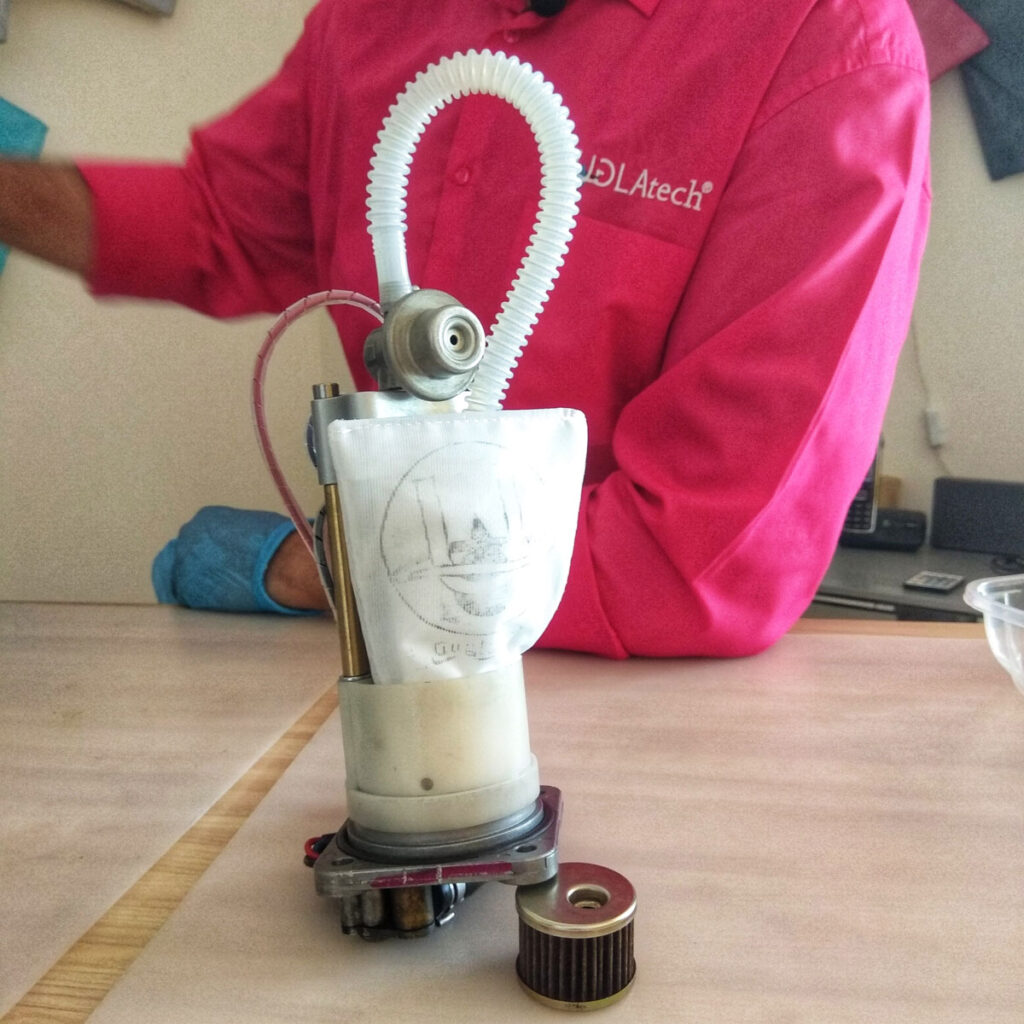
KTM 1050-1090-1190-1290990 FUEL PUMP MODULE DAYTAN 3 - MFPD19
